Shortsightedness, also known as myopia, is a vision condition in which distant objects appear blurred. The prevalence of myopia has been on the rise globally, and it is estimated that by the year 2050, half of the world’s population will be affected by it. While genetics play a role in myopia, environmental factors such as excessive screen time are also contributing to the increase in myopia rates, especially in children.
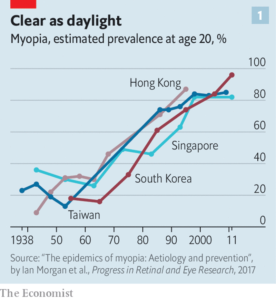
In recent years, children’s screen time has dramatically increased, with many children spending more than 2 hours a day in front of digital devices. This excessive screen time has been linked to several negative health effects, including obesity, poor sleep quality, and an increased risk of myopia.
When children spend a lot of time looking at screens, their eyes are constantly focused on a near object, which causes the eye to grow longer than it should. This elongation of the eye changes the shape of the eyeball, which results in the light focusing in front of the retina, instead of on it. This causes distant objects to appear blurry, resulting in myopia.
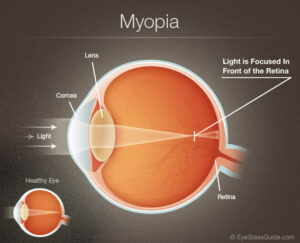
Myopia is a complex condition that can be caused by both genetic and environmental factors. While genetics may predispose some individuals to myopia, environmental factors such as excessive screen time can trigger the development of myopia in individuals who may not have had a genetic predisposition to the condition.
One reason why excessive screen time may contribute to the development of myopia is that it can cause eye fatigue, which can result in the eyes becoming strained and overworked. When the eyes are overworked, it can cause the eye to elongate, which changes the way that light is focused onto the retina. This can cause objects in the distance to appear blurry, resulting in myopia.
Excessive screen time can also cause other eye-related problems, such as dry eye syndrome and eye strain. Dry eye syndrome occurs when the eyes do not produce enough tears to keep the eye lubricated, which can cause discomfort, redness, and even damage to the surface of the eye. Eye strain occurs when the muscles that control eye movement and focus become fatigued, which can cause discomfort, headaches, and difficulty focusing.
In addition to the impact on eye health, excessive screen time can also have negative effects on overall health and well-being. Research has shown that excessive screen time can contribute to poor sleep quality, which can lead to a range of health problems, including obesity, depression, and anxiety. In addition, excessive screen time can contribute to a sedentary lifestyle, which can increase the risk of obesity, heart disease, and other health problems.
To reduce the risk of myopia and promote overall health and well-being, it is important to limit screen time for children and encourage other activities, such as outdoor play, reading, and creative pursuits. By promoting a healthy, balanced lifestyle, we can help protect the vision and health of our children and set them up for a lifetime of well-being.
Reducing screen time for children is crucial in preventing myopia. Here are some tips to help reduce screen time for children:
- Encourage outdoor activities: Encourage children to play outside, engage in sports, or simply take a walk. Outdoor activities can help relax the eyes and reduce the risk of myopia.
- Set limits: Set limits on screen time for children, and enforce those limits. This can be done by setting a timer, or by using parental control features to limit access to screens.
- Promote other activities: Encourage children to engage in other activities such as reading, playing board games, or engaging in creative pursuits such as drawing or painting.
- Model healthy behavior: As a parent or caregiver, it is important to model healthy behavior by limiting your own screen time and engaging in other activities.
In conclusion, the rise in myopia rates among children is a cause for concern. While genetics play a role, excessive screen time is also contributing to the increase in myopia rates. By reducing screen time for children and promoting outdoor activities and other pursuits, we can help prevent myopia and promote overall health and well-being. It is up to parents and caregivers to take the necessary steps to protect the vision and health of their children.
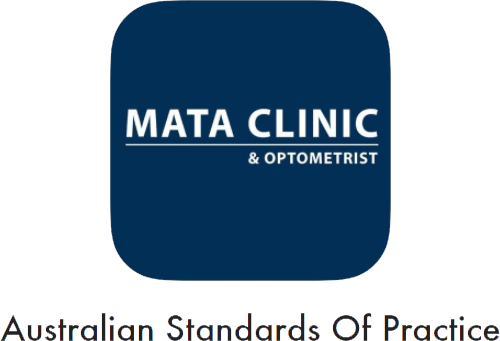

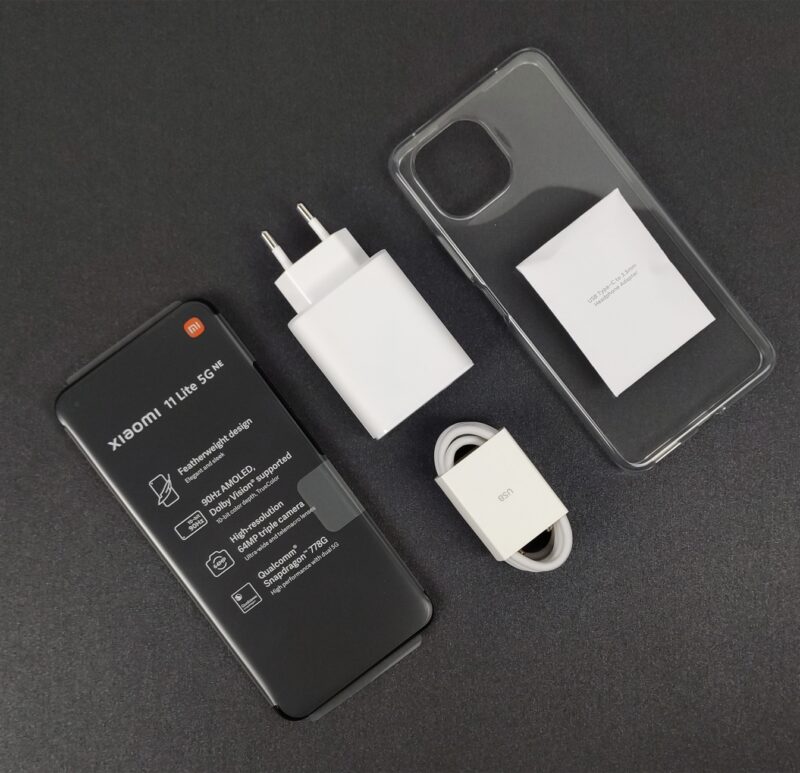


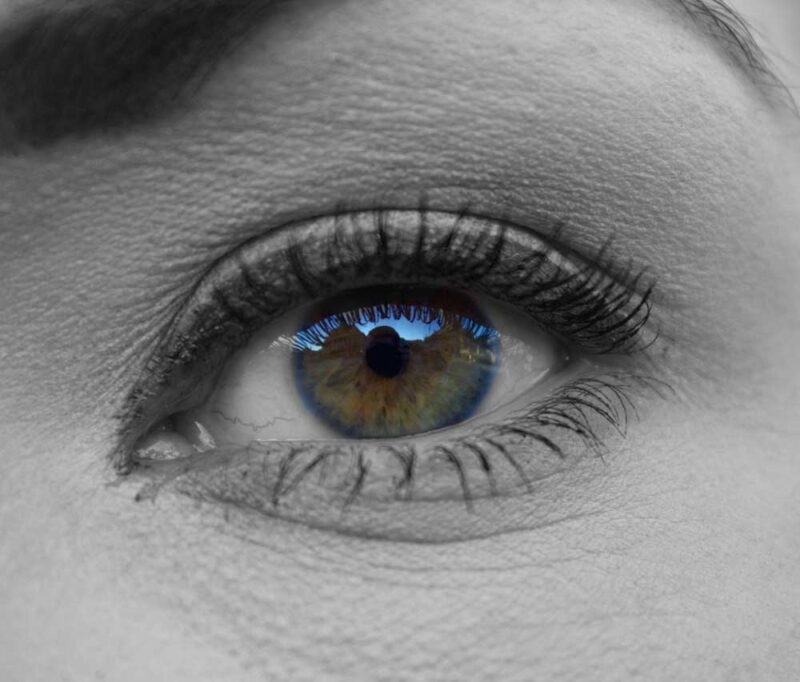
Recent Comments